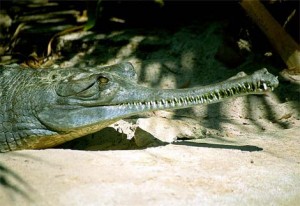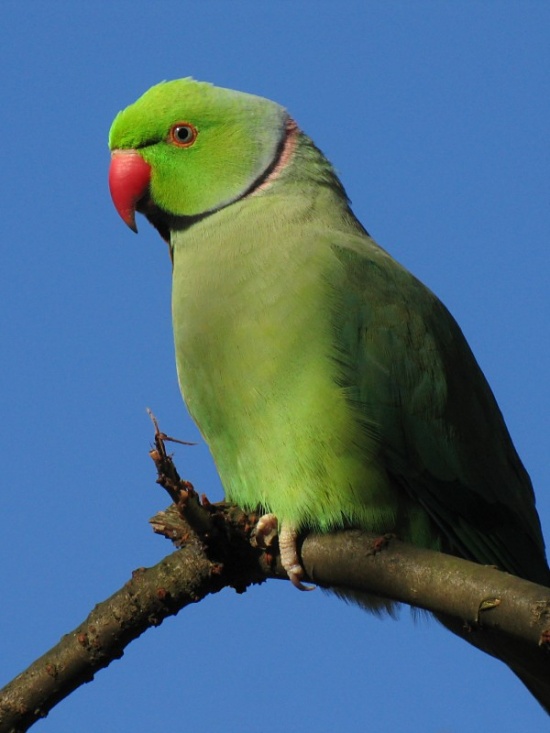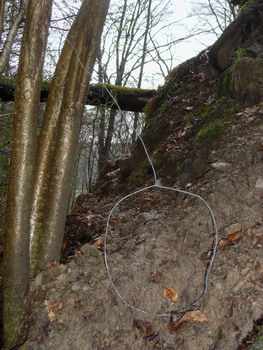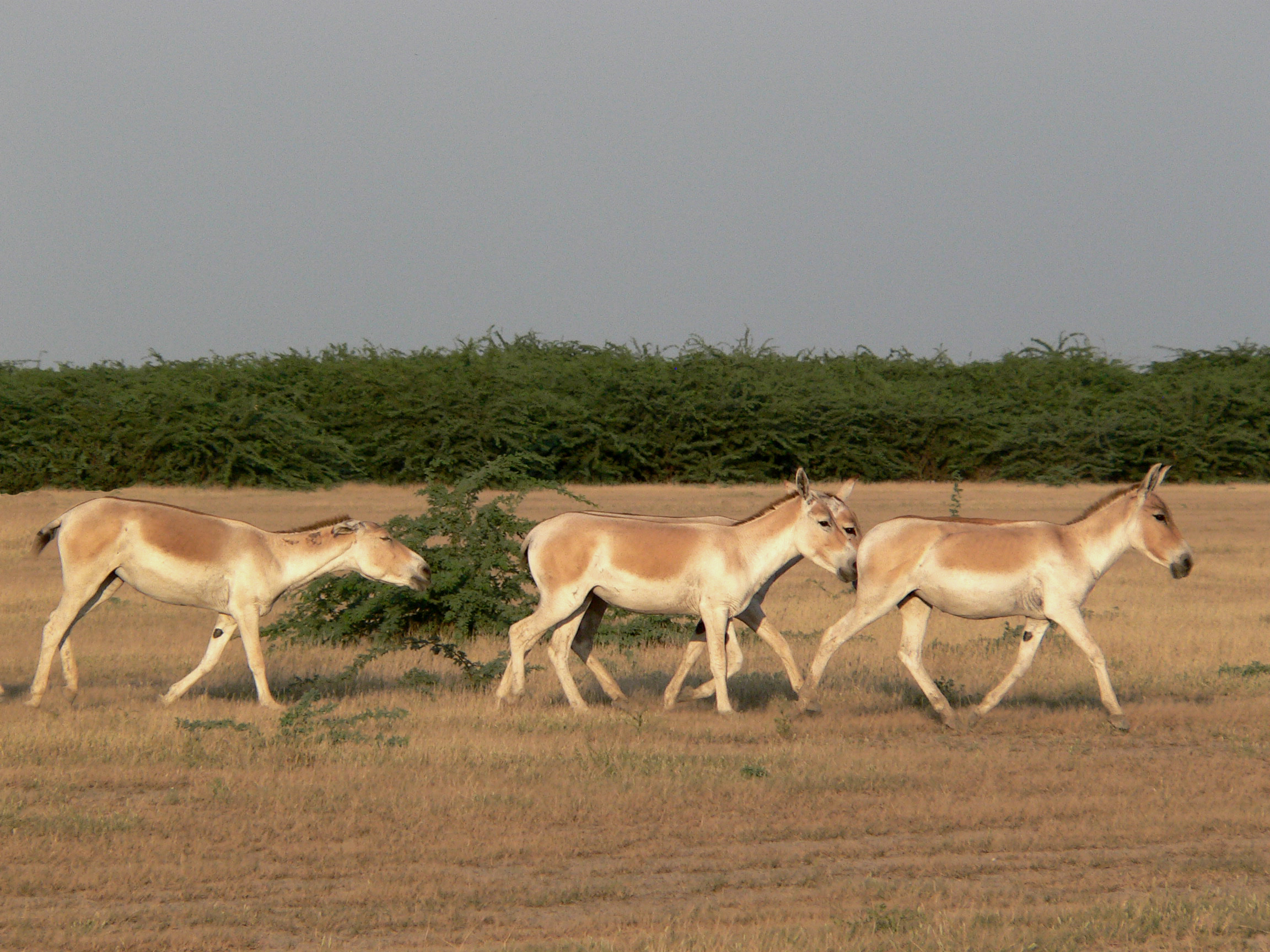 The ghariyal rehabilitation centre at Kukrail in Uttar Pradesh is that rare glimmer of hope for a conservationist that assures that all is not wrong with conservation in India. 90 percent of the centre’s ghariyal hatchlings born in June have survived and those that were bred two years ago are now ready to be released into the wild.
The ghariyal rehabilitation centre at Kukrail in Uttar Pradesh is that rare glimmer of hope for a conservationist that assures that all is not wrong with conservation in India. 90 percent of the centre’s ghariyal hatchlings born in June have survived and those that were bred two years ago are now ready to be released into the wild.
“The post-release monitoring has shown good results for Hastinapur. We monitor the stretch with WWF-India,” said Eva Sharma, conservator, endangered species division, UP.
The centre has thus decided to release more than 100 ghariyals bred in the centre in Hastinapur and Katarnighat.
Ghariyals (Gavialis gangeticus) are critically endangered with not more than 200 breeding adults left in the country. They are often mistaken to be alligators but the proper name for them is gavials or Indian gavial apart from the better known gharials. They are a different species from alligators as well as crocodiles.
The breeding adults at the research centre had laid eggs in April this year and the eggs were put under incubation for safe hatching. After 60 days 100 hatchings were born 90 percent of which have survived.
The Kukrail centre has five breeding adults. The 1978 born ghariyals, which include four adult females and an adult male have bred from year to year at the centre and added to the population of the critically endangered reptiles.
Since 1977 when the centre was established, it has been releasing ghariyals in the wild every year after artificially rearing them. In January-February, 2011, as many as 224 ghariyals were released out of which 150 were released into Hastinapur sanctuary and 74 in Katarniaghat.
The centre, at present, has 168 young reptiles, which will find their way into rivers this winter season.
Quick Facts
- Ghariyals are listed as Critically Endangered by IUCN
- There are only 200 odd breeding adults left in the wild in India.
- They are one of the three crocodilians found in India apart from Muggar and slatwater crocodiles.
- Today their distribution is limited to only 2% of their former range
- Though in India they are still found they are extinct in Indus river of Pakistan and Brahmaputra flowing through Bangladesh and Bhutan
Related Stories:
Scientists Find 12 New Frog Species
17 Species to Get Help from Becoming Endangered and Extinct
Blackbuck Population on the rise in Katarniaghat Sanctuary
Article reference: TOI






Good Stuff..
Thanks Amit.
I could recall the differences between crocodiles and alligators – but I had completely forgotten about Gavialis with the sharpest and longest of snouts among the three amphibious reptiles – thanks Atula for reminding me of this forgotten species (not the type I would like to keep as my pet, but I would still like it to survive for balancing the environment)
Many people do tend to think that the alligators and gavials are the same animal. It is good though that they are beind saved, as they are also a misunderstood species where many think that gavials devour humans. The fact is they are completely incapable of feeding on humans or any big animal because of their small and elongated jaws. Thanks for your comment.